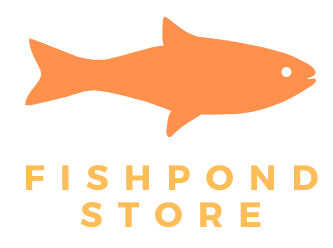So you’ve decided to build a pond in your backyard, but now you’re wondering just how long does it take for a pond to establish. Well, you’re in luck, because we’re here to give you the lowdown on this exciting journey. Establishing a pond involves creating a balanced ecosystem where plants, animals, and microorganisms can thrive.
While the timeline can vary depending on several factors such as size, location, and maintenance, a well-planned pond can typically take anywhere from a few months to a year to fully establish. So get ready to embark on this fascinating adventure and watch your pond come alive!
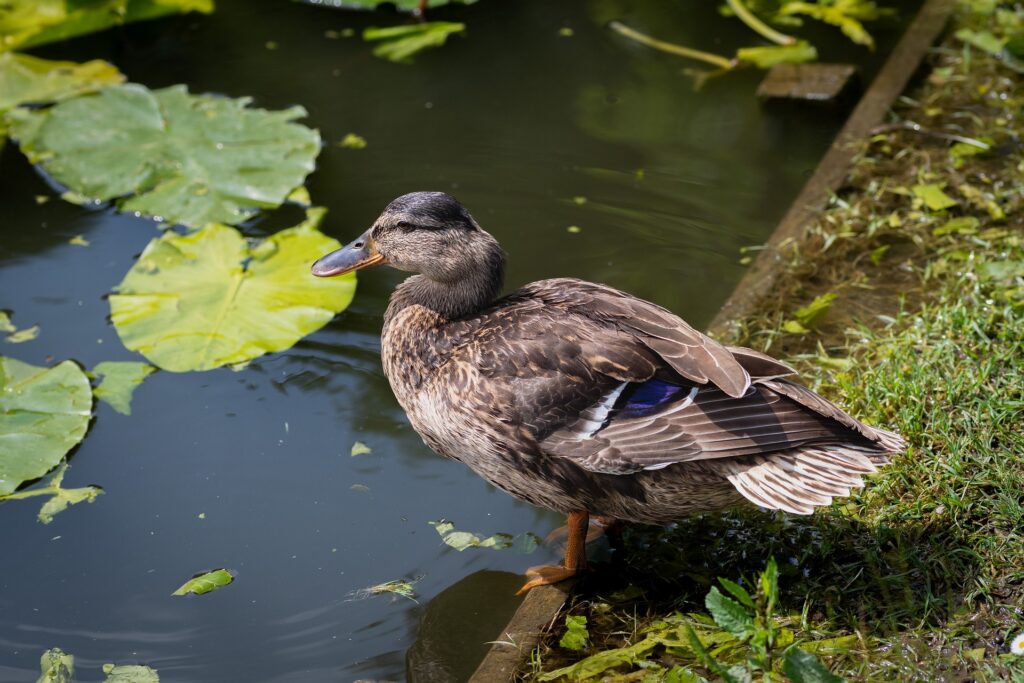
Factors Affecting Pond Establishment
Climate and Weather Conditions
The climate and weather conditions in an area have a significant impact on the establishment of a pond. Factors such as temperature, precipitation, and seasonal variations can affect the water level, water quality, and overall ecosystem of the pond. Regions with a temperate climate and consistent rainfall are more favorable for pond establishment.
Water Source
The source of water for the pond plays a crucial role in its establishment. The water source can be from natural springs, streams, or even from underground water sources. The quality and availability of water will determine the success and sustainability of the pond ecosystem. It is important to choose a reliable and clean water source to ensure the health of the pond.
Size and Depth of the Pond
The size and depth of the pond are important considerations during the establishment process. The size of the pond will determine the amount of water it can hold and the available habitat for aquatic plants and wildlife. The depth of the pond is important for temperature regulation and for providing refuge to the pond organisms during extreme weather conditions.
Water Quality
Water quality is a crucial factor in the establishment of a healthy and thriving pond ecosystem. The water should be free from pollutants, excess nutrients, and harmful chemicals. Testing the water for pH levels, dissolved oxygen, and nutrient levels is essential to ensure a balanced and suitable environment for aquatic life.
Vegetation and Soil Composition
The presence of suitable vegetation and the composition of the soil play a vital role in the establishment of a pond. Aquatic plants not only provide habitat and food for the wildlife but also help in maintaining the balance of the ecosystem. The soil should be able to retain water and provide a stable base for plant roots.
Fish and Wildlife Presence
The presence of fish and wildlife in a pond is an indicator of a healthy ecosystem. Introducing native fish species and attracting wildlife such as amphibians, reptiles, and insects helps in achieving a balanced and diverse aquatic environment. Their presence indicates that the pond ecosystem is stable and able to support a variety of life forms.
Initial Pond Establishment
Excavation and Shaping
The first step in establishing a pond is the excavation and shaping of the pond area. This involves removing the topsoil and creating the desired shape and depth of the pond. It is important to take into account the natural landscape and consider factors such as drainage and runoff when excavating and shaping the pond.
Lining and Sealing
To prevent water leakage, it is essential to line and seal the pond. This can be done using materials such as clay, flexible pond liners, or geotextile membranes. Proper lining and sealing ensure that the pond retains water, maintaining a stable water level and preventing any potential contaminants from seeping into the surrounding soil.
Water Filling and Leveling
After the pond has been excavated, shaped, and sealed, it is time to fill it with water. The water source should be clean and free from any harmful substances. As the pond fills, it is important to monitor the water level and ensure that it is evenly distributed throughout the pond. This helps establish a uniform environment for the subsequent establishment of plants and wildlife.
Aquatic Plant Establishment
Introduction of Submerged Plants
Submerged plants are an integral part of a pond ecosystem. They provide oxygen, absorb excess nutrients, and offer shelter to aquatic organisms. The introduction of submerged plants helps establish a stable and balanced environment. Common submerged plants include pondweeds, watermilfoil, and water starwort.
Establishment of Emergent Plants
Emergent plants form a transition zone between the water and land areas of the pond. These plants have their roots submerged in water but their stems and leaves extend above the water surface. Emergent plants provide habitat, food, and protection for various wildlife species. Common examples of emergent plants include cattails, bulrushes, and sedges.
Growth of Floating Plants
Floating plants add beauty to a pond and also provide numerous benefits. They help shade the water surface, preventing excessive algae growth and maintaining water temperature. Additionally, floating plants absorb excess nutrients and provide cover for fish and wildlife. Common examples of floating plants include water lilies, duckweed, and water hyacinth.
Water Quality Stabilization
Nitrogen and Phosphorus Cycling
Nitrogen and phosphorus are essential nutrients for plant growth, but their excess in a pond can lead to algal blooms and poor water quality. Stabilizing the water quality requires establishing a balanced nitrogen and phosphorus cycling process. This can be achieved through the presence of appropriate plants, bacteria, and natural biological processes that absorb and recycle these nutrients.
Establishment of Beneficial Bacteria
Beneficial bacteria play a vital role in maintaining water quality in a pond. These bacteria help break down organic matter, such as decaying plants and fish waste, and convert them into simpler compounds that are beneficial to the aquatic ecosystem. The establishment of a healthy population of beneficial bacteria is essential for the long-term stability and health of the pond.
Natural Filtration Processes
The establishment of natural filtration processes is crucial for maintaining water quality. Aquatic plants, such as water lilies and cattails, act as natural filters by absorbing excess nutrients and pollutants. Additionally, the presence of beneficial microorganisms and natural sedimentation processes contribute to the filtration and purification of the water, promoting a healthy pond environment.
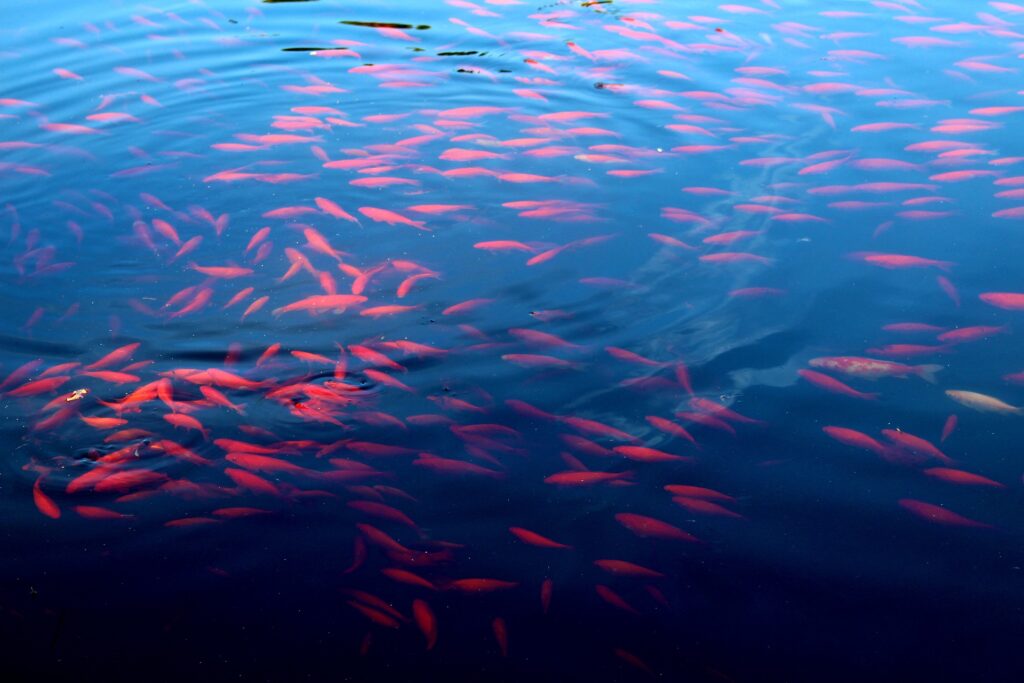
Establishment of Aquatic Wildlife
Introduction of Fish
Introducing fish into the pond enhances its ecological balance and provides recreational fishing opportunities. However, it is important to choose fish species that are compatible with the pond ecosystem and do not become invasive. Native fish species are generally the best choice as they are well adapted to the local conditions and do not disrupt the natural balance.
Attracting Amphibians and Reptiles
Amphibians such as frogs and toads, as well as reptiles such as turtles and snakes, contribute to the biodiversity and ecological health of the pond. Creating suitable habitats, such as shallow areas for amphibian breeding and basking logs for reptiles, can attract and support these valuable pond inhabitants.
Encouraging Insects and Invertebrates
Insects and invertebrates form the foundation of the pond’s food web and are essential for the overall functioning of the ecosystem. Providing a variety of habitats, such as wetland areas, rocks, and fallen logs, encourages the presence of diverse insect and invertebrate species. These organisms contribute to nutrient cycling and provide a food source for fish and other wildlife.
Ecosystem Balance and Stability
Establishment of Trophic Interactions
A balanced pond ecosystem relies on trophic interactions, which are the relationships between different levels of the food chain. By establishing a diverse community of plants, fish, and wildlife, the pond can achieve a self-sustaining balance of energy flow and nutrient cycling. Predators control populations of herbivores, which in turn helps maintain a healthy plant community.
Natural Resource Cycling
The pond ecosystem relies on the cycling of resources, such as nutrients and water. Plants absorb nutrients from the water, animals consume plants, and decomposers break down organic matter, returning nutrients back into the system. Establishing efficient resource cycling ensures that the pond ecosystem remains healthy and productive.
Achieving Hydrological Balance
Maintaining a hydrological balance is crucial for the long-term stability of the pond. This includes managing water levels, ensuring proper drainage, and preventing erosion. Adequate water flow and circulation promote oxygenation and prevent stagnation, supporting a thriving aquatic ecosystem.
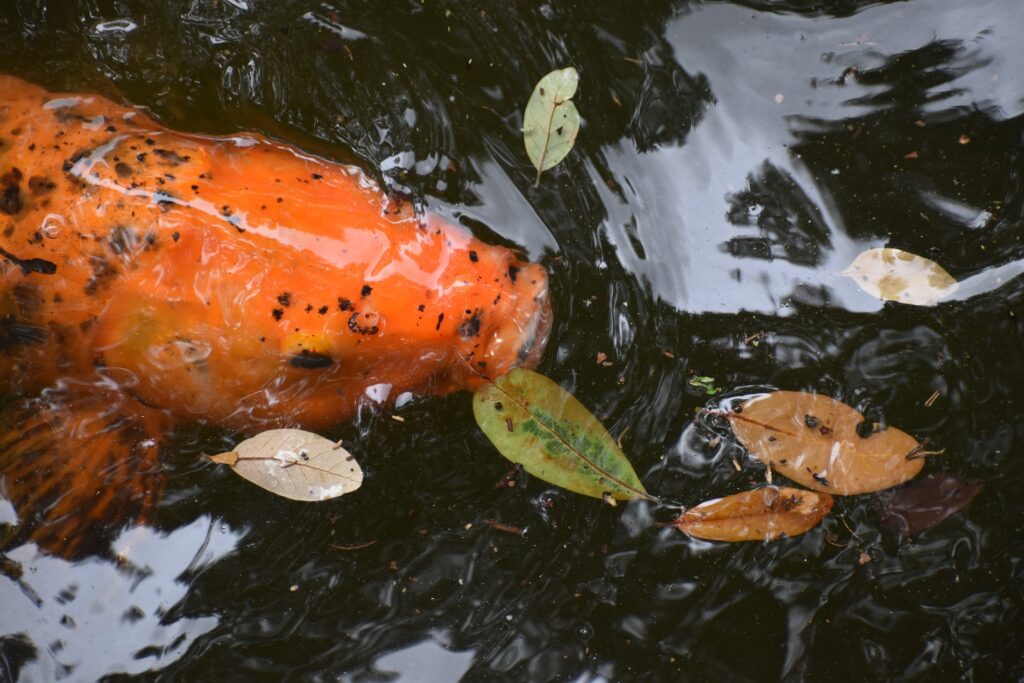
Long-Term Maintenance and Monitoring
Pond Water Testing
Regular testing of pond water is essential to monitor water quality parameters such as pH, dissolved oxygen levels, and nutrient concentrations. Water testing helps identify any imbalances or issues that may arise and allows for prompt corrective actions to be taken. It is important to establish a routine testing schedule to ensure the ongoing health of the pond.
Nutrient Management
Managing nutrients in the pond is crucial to prevent excessive algae growth and maintain water quality. This can be achieved through proper plant selection, regular removal of excess plant biomass, and managing inputs of external nutrients. Balancing nutrient levels helps maintain a healthy and balanced aquatic ecosystem.
Weed and Algae Control
Keeping weed and algae growth under control is important for the overall health of the pond. This can be achieved through mechanical removal, biological control, or the use of herbicides in extreme cases. Regular monitoring and management of weed and algae populations help maintain the aesthetic appeal and ecological balance of the pond.
Fish Stocking and Harvesting
Proper management of fish populations is important to prevent overcrowding and maintain a healthy balance in the pond ecosystem. Regular stocking and harvesting practices based on the carrying capacity of the pond help ensure optimal fish populations and prevent negative impacts on the overall ecosystem.
Pond Establishment Timeline
Initial Pond Setup (1-2 weeks)
The initial establishment of the pond, including excavation, shaping, and lining, usually takes about 1-2 weeks depending on the size and complexity of the project. This phase sets the foundation for the subsequent establishment of plants and wildlife.
Aquatic Plant Growth and Establishment (3-6 months)
The growth and establishment of aquatic plants typically take 3-6 months. During this period, submerged, emergent, and floating plants become established and contribute to the overall ecosystem of the pond.
Water Quality Stabilization (6-12 months)
It takes approximately 6-12 months for the water quality to stabilize in a newly established pond. This timeframe allows for the establishment of beneficial bacteria, natural filtration processes, and nutrient cycling, leading to a balanced and healthy pond environment.
Establishment of Aquatic Wildlife (6-12 months)
The establishment of aquatic wildlife can occur within 6-12 months of the pond’s creation. The introduction of fish, attracting amphibians and reptiles, and encouraging insects and invertebrates contribute to the biodiversity and ecological health of the pond.
Ecosystem Balance and Stability (1-2 years)
Achieving a balance and stability in the pond ecosystem generally takes 1-2 years. During this period, trophic interactions, resource cycling, and hydrological balance become established, creating a self-sustaining and healthy pond ecosystem.
Long-Term Maintenance and Monitoring (ongoing)
Long-term maintenance and monitoring of the pond are essential to ensure its continued health and vitality. Regular testing, nutrient management, weed and algae control, and fish stocking and harvesting activities should be conducted on an ongoing basis to maintain the pond’s ecosystem in optimal condition.
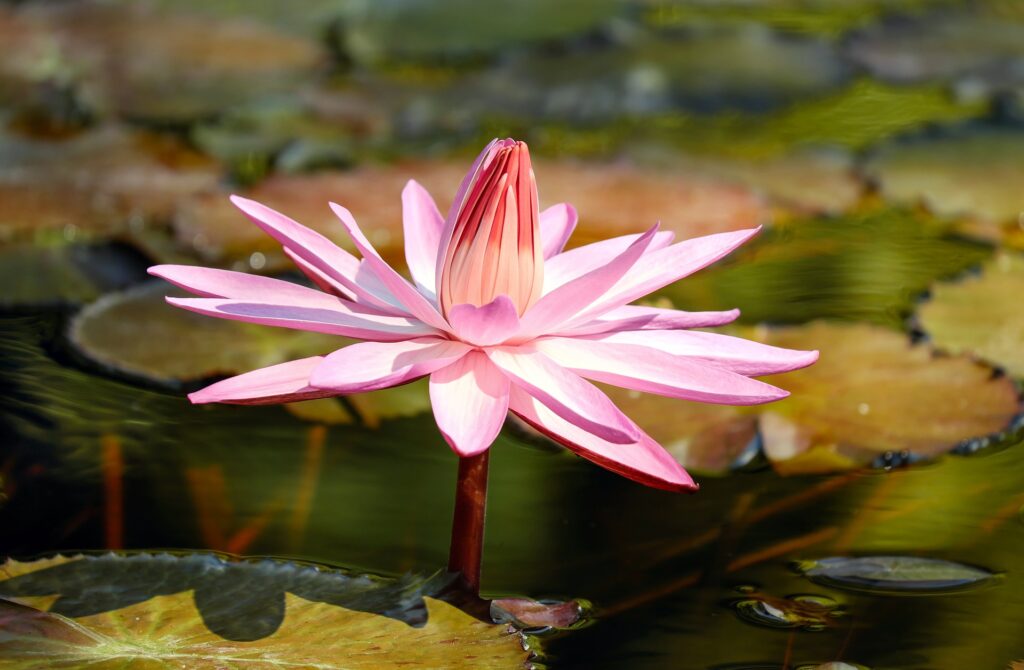
Tips for Pond Establishment
Choose the Right Location
Select a location for the pond that receives adequate sunlight and is free from excessive shade. Avoid areas with too many trees or nutrient-rich runoff as they can lead to excessive algae growth. Consider factors such as access to water sources and nearby structures when choosing the location for your pond.
Consider Pond Size and Depth
Determine the desired size and depth of the pond based on your goals and available space. Consider the intended use for the pond, such as recreational fishing or wildlife habitat. Ensure that the size and depth are suitable for the plants and wildlife you intend to introduce.
Select Suitable Plants and Wildlife
Choose native plant species that are adapted to the local climate and water conditions. Consider the needs of the wildlife you wish to attract and create suitable habitats for them. Consult with local experts or garden centers to determine the appropriate plants and wildlife for your specific region.
Ensure Proper Water Quality
Test the water quality regularly and take appropriate actions to maintain proper pH, dissolved oxygen levels, and nutrient concentrations. Avoid the use of chemicals or fertilizers near the pond that can negatively impact water quality. Establish a routine maintenance schedule to monitor and address any issues that may arise.
Regular Maintenance and Monitoring
Pond maintenance should be conducted regularly to ensure its long-term health and vitality. This includes activities such as removing excess plant biomass, managing algae and weed growth, and monitoring fish populations. Establish a routine inspection and maintenance schedule to stay proactive in maintaining the pond ecosystem.
How Long Does It Take For A Pond To Establish
In conclusion, establishing a pond can be a rewarding process that brings new life and biodiversity to your property. The time it takes for a pond to establish depends on various factors, including climate conditions, water quality, and the introduction of plants and wildlife.
With proper planning and management, a pond can establish within a year. Ongoing maintenance and monitoring are essential to ensure the long-term health and vitality of the pond ecosystem. By considering the factors discussed in this article and following the tips provided, you can create a thriving and balanced pond that will provide enjoyment for years to come.
now you should be prepared and ready, once you have built your fish pond to move forward with it’s next stage. If you want to find out more about caring or building a fish pond, take a look at ‘What Is The Ideal Pond Ecosystem‘.
